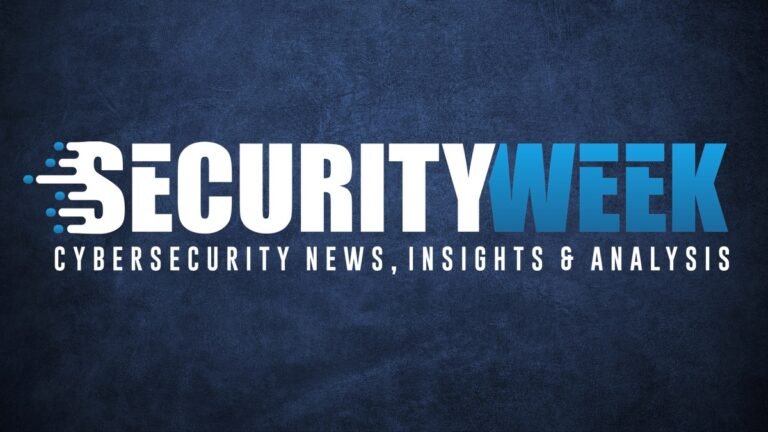Top Highlights
-
Identity Vulnerability: In a digital world, identity is fragile and increasingly impersonated, necessitating effective verification methods to distinguish legitimate users from cybercriminals.
-
Behavioral Baselines: Establishing a user’s typical behavior—including login times and locations—is crucial for distinguishing standard activities from potential identity fraud.
-
Contextual Awareness: Effective security investigations require a contextual approach that considers multiple data sources, helping teams identify discrepancies and minimize false positives.
- Zero Trust Implementation: A shift to zero trust is essential, demanding constant validation of all users and devices to combat evolving identity threats and establish trust based on concrete evidence.
Problem Explained
In an increasingly interconnected digital landscape, the vulnerability of identity has intensified, posing significant risks as cybercriminals adeptly exploit these weaknesses to impersonate legitimate users. These impersonators utilize various tactics, including account takeovers, phishing schemes, and credential stuffing, often facilitated by initial access brokers who sell stolen credentials on dark web platforms. As security professionals grapple with distinguishing between genuine users and threat actors, the challenge lies in establishing context and behavioral baselines that delineate what constitutes “normal” activity for each individual. Without this nuanced understanding, security teams face the peril of either misidentifying harmless behavior as hostile or, conversely, overlooking genuine threats amidst a cacophony of alerts.
The intricate dance between real users and cybercriminals plays out daily, drawing the attention of security analysts and organizations striving to safeguard sensitive information. Reports on these identity threats, along with the strategies needed to counter them, underscore the imperative for layered security measures that emphasize a holistic view of user behavior. Through data visualization and cross-referencing of multiple information sources, security teams can reveal subtle anomalies and discrepancies that might otherwise elude detection. As identity protection evolves, the adoption of a zero-trust framework becomes essential, ensuring that access is contingent on rigorous validation of identities, thereby fortifying defenses against the ever-present threats of identity fraud.
Critical Concerns
In our interconnected digital landscape, identity theft poses profound risks not only to individual users but also to businesses and organizations at large. When a single entity falls victim to impersonation tactics—be it through phishing, credential stuffing, or account takeovers—the fallout can ripple outward, jeopardizing sensitive information, undermining trust, and inflicting financial losses on interconnected partners. For instance, compromised credentials from one business can facilitate unauthorized access to networks of associates, leading to widespread data breaches and undermining the integrity of entire supply chains. As security measures are circumvented by adept cybercriminals exploiting behavioral anomalies, organizations face both the immediate threat of operational disruption and long-term reputational damage. Consequently, the entire ecosystem can become ensnared in a web of vulnerability, where a single incident escalates into a multifaceted crisis impacting employees, clients, and stakeholders alike.
Possible Remediation Steps
Timely remediation is critical in addressing identity fraud, as the delays in responding can exacerbate the harm to individuals and organizations alike.
Mitigation Steps
- Proactive Monitoring
- Identity Verification
- Data Encryption
- Incident Response Plan
- User Education
- Weakness Assessment
- Legal Recourse
NIST CSF Guidance
The National Institute of Standards and Technology (NIST) Cybersecurity Framework (CSF) underscores the necessity of timely actions to mitigate risks associated with identity fraud. Organizations should refer to NIST Special Publication (SP) 800-53 for detailed recommendations on controlling access and managing identity-related risks effectively.
Advance Your Cyber Knowledge
Explore career growth and education via Careers & Learning, or dive into Compliance essentials.
Explore engineering-led approaches to digital security at IEEE Cybersecurity.
Disclaimer: The information provided may not always be accurate or up to date. Please do your own research, as the cybersecurity landscape evolves rapidly. Intended for secondary references purposes only.
Cyberattacks-V1

